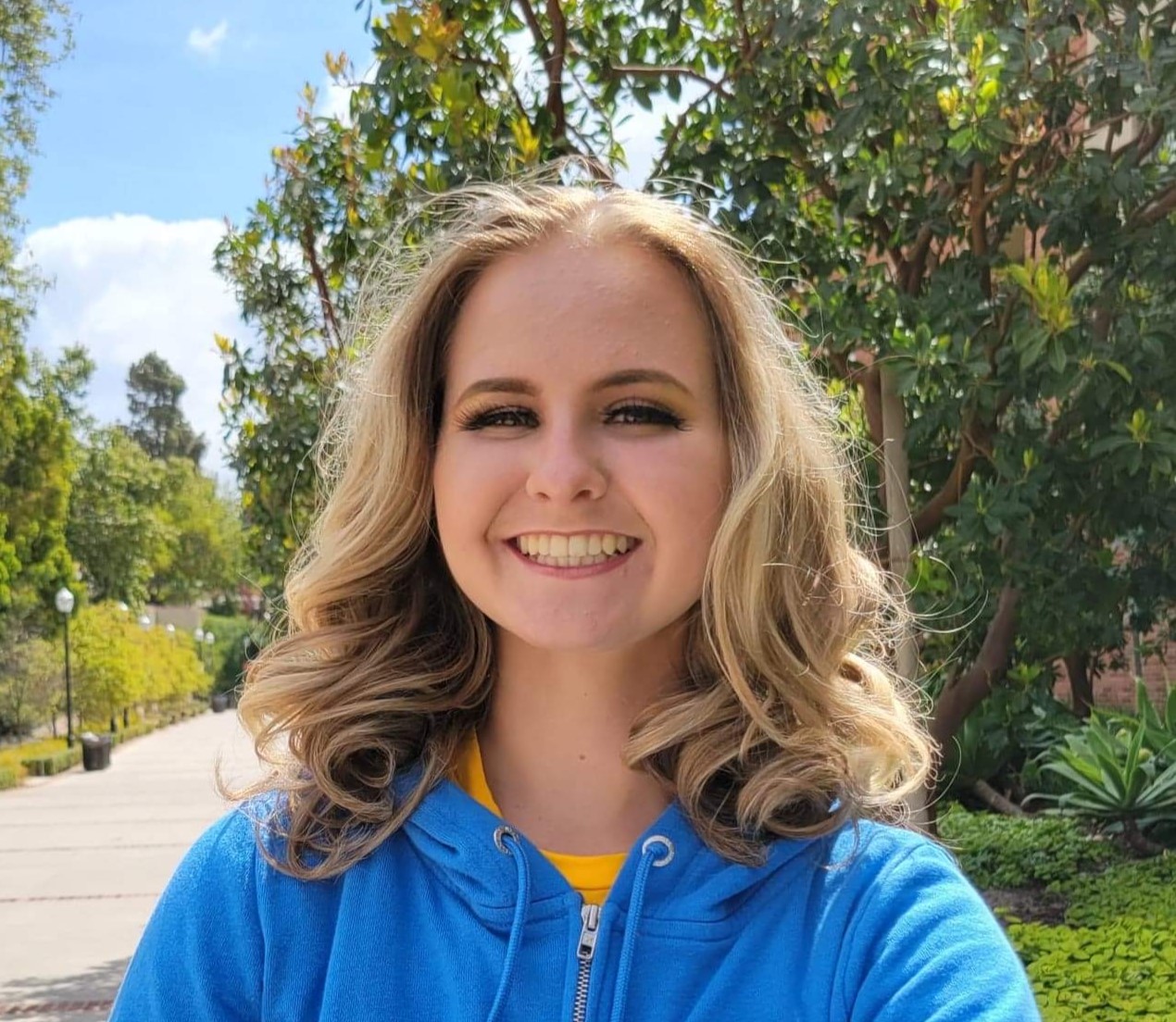Below is a summary of the abstract you submitted. Presenting author(s) is shown in bold.
If any changes need to be made, you can modify the abstract or change the authors.
You can also download a .docx version of this abstract.
If there are any problems, please email Dan at dar78@pitt.edu and he'll take care of them!
This abstract was last modified on March 18, 2024 at 6:19 p.m..

Bacteriophages are highly abundant in every domain that bacteria occupy. Their genetic mosaicism and broad host ranges contribute to extensive genomic diversity, allowing for horizontal gene transfer. Bacteriophages are organized into groups called clusters based on shared gene content. This study investigates and characterizes Cluster GI, a newly assigned cluster composed of two former singleton phages, Curie (isolated at Gonzaga University) and PineapplePizza (isolated at University of Massachusetts Amherst), and one formerly unclustered draft phage, Evcara (isolated at Western Carolina University). These phages infect Microbacterium hosts and are of the podoviral morphotype. Bioinformatic tools such as BLASTn, Phamerator, gene content similarity, amino acid alignment, nucleotide alignment dot plots, and SplitsTree were utilized to characterize Cluster GI. From these analyses, Cluster GI phages were found to have short genomes and low GC content compared to other microbacteriophages. Deeper investigations showed that while these phage genomes mostly contain novel phams with unknown functions, they also contain conserved phams that code for essential functions with the Arthrobacter phages of Cluster FD, the most closely related cluster to GI, despite infecting a different host bacteria and having different tail morphology. Quantitative analysis showed that Cluster GI has lower relative intracluster amino acid similarity and high intercluster amino acid similarity with Cluster FD. Our findings demonstrate the first-ever characterization of Cluster GI, highlighting its distinctness along with the intercluster and cross-host similarities of its phages. This provides future implications for discovering novel genes and determining gene essentiality in short genomes across varied host ranges.




